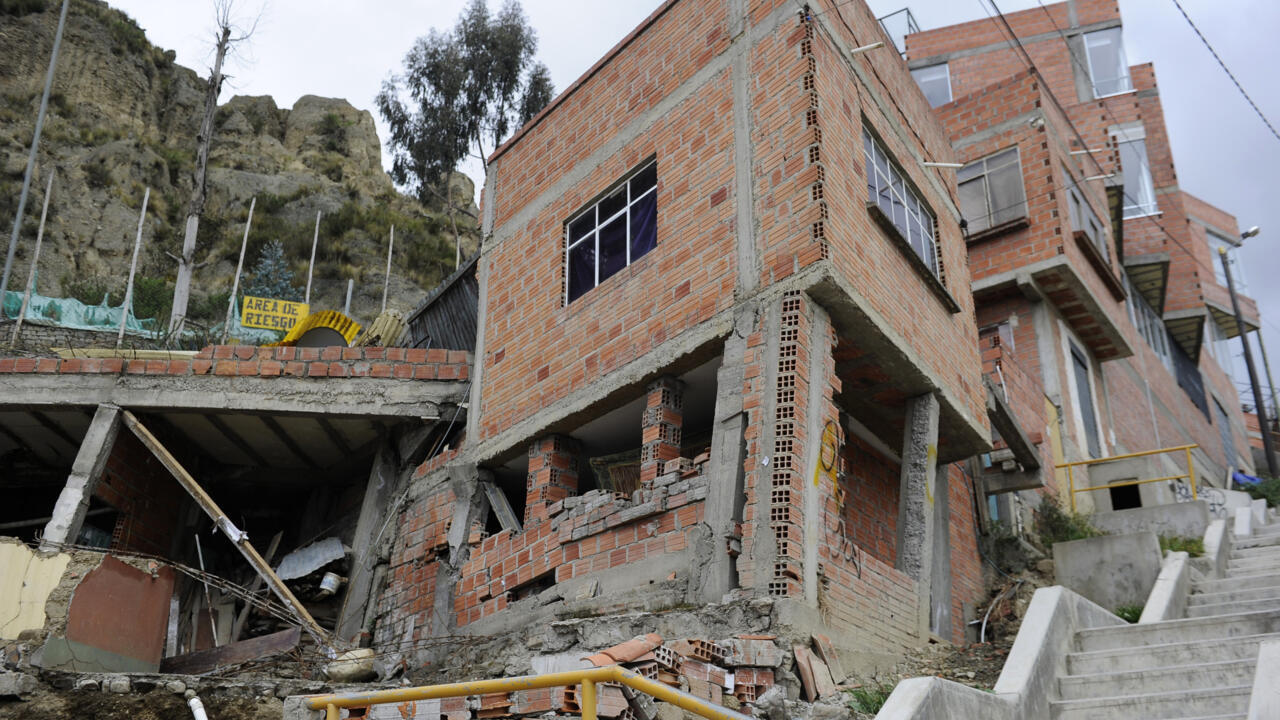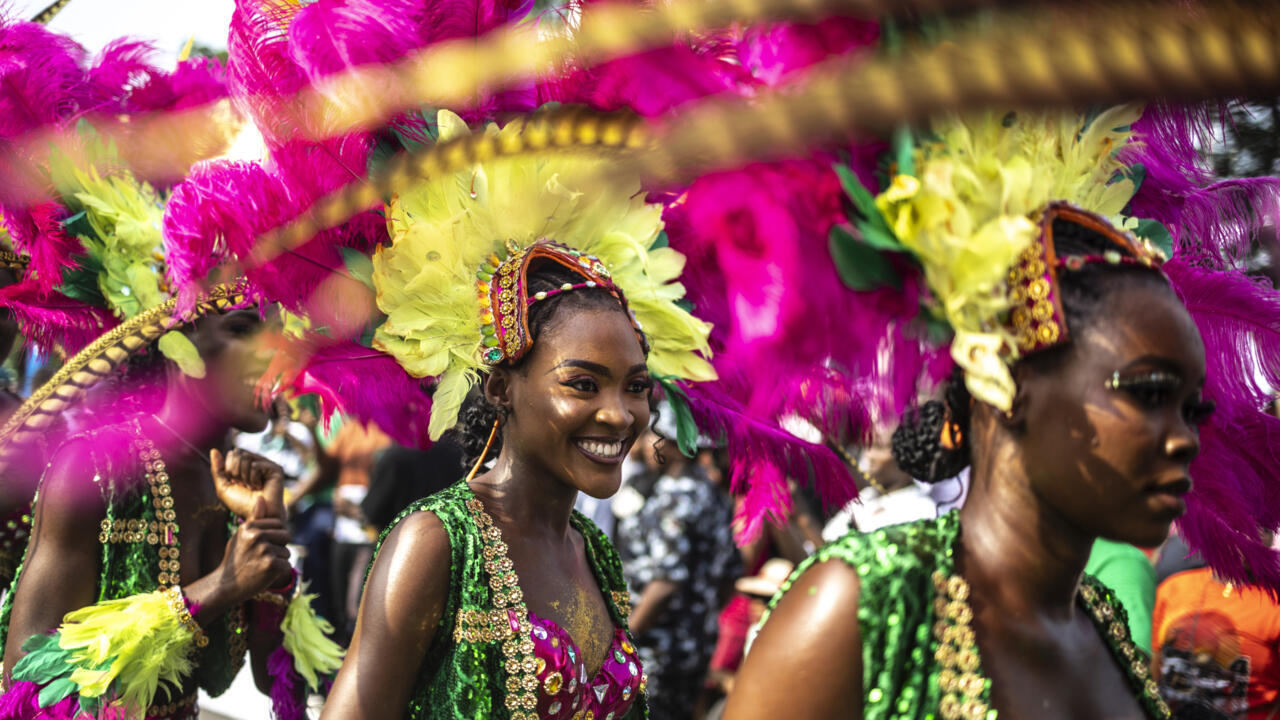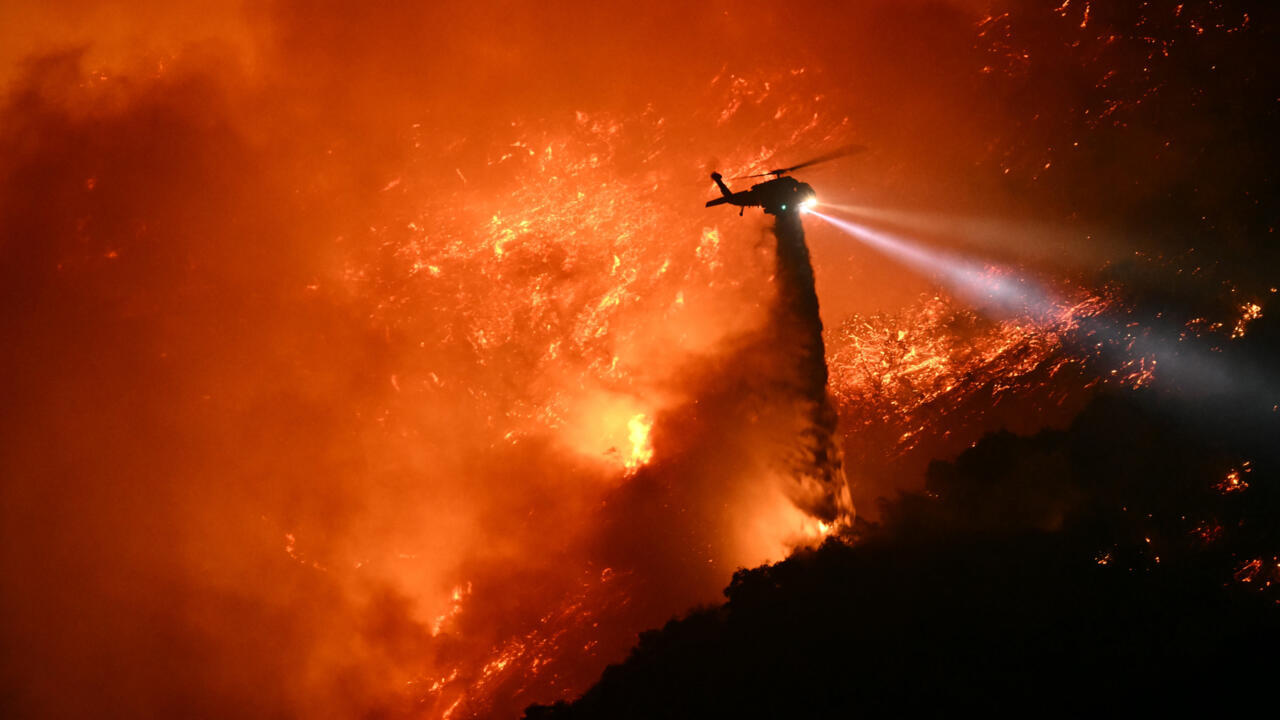Nearly one in five registered properties are in areas of “high” or “very high” risk, according to the municipality, many of them in shanty towns.
Since last November, the government says 16 Bolivians have died in landslides and floods caused by heavy rains.
The problem is not unique to Bolivia, say experts, who blame poor urban planning and a lack of investment in resilience to natural disasters.
“Latin America is highly vulnerable compared to other regions of the world” with “very vulnerable ecosystems,” urban development specialist Ramiro Rojas of Bolivia’s Univalle private university told AFP.
This, in turn, is “amplified by socioeconomic vulnerability, that is, inequalities and high rates of poverty” that force people to live in unsafe areas.
In the last ten years, at least 13,878 people died in natural disasters in Latin America and the Caribbean, according to data from the Catholic University of Leuven, Belgium.
Urban planner Fernando Viviescas of the National University of Colombia told AFP the threats posed by worsening natural disasters caused by climate change were not taken into account when Latin America’s cities were constructed.
Nearly 83 percent of Latin Americans now live in cities, according to the Economic Commission for Latin America and the Caribbean (ECLAC).
Nowhere to go
Some 10 minutes by foot from the Valley of the Flowers, on a rocky hill, Cristina Quispe — no relation to Cristobal — sells groceries from her home.






